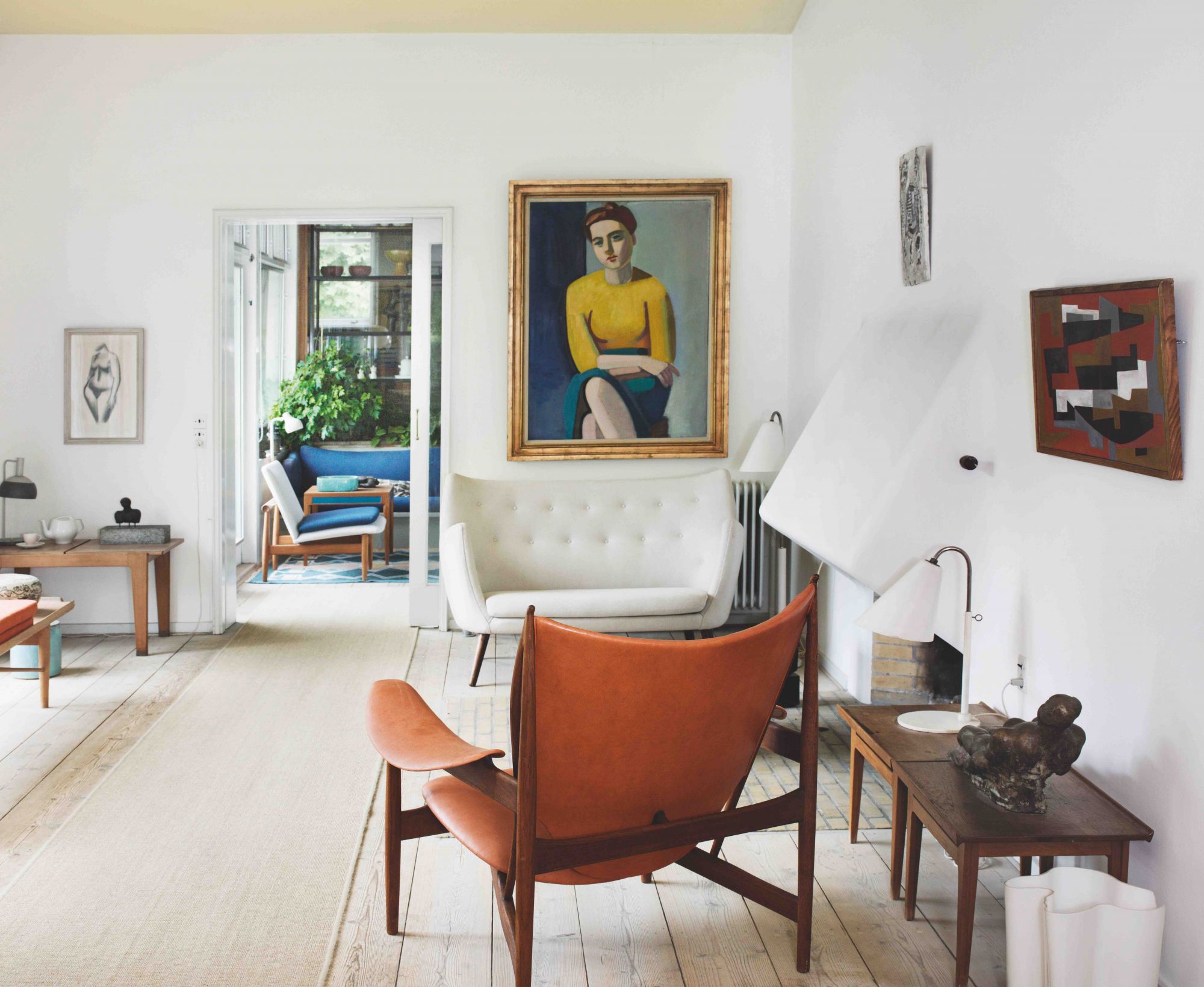Our homes often become a representation of who we are—this view holds true for these celebrated designers and architects, whose inspiring abodes are chronicled in a new book published by Phaidon
When you love what you do, you’ll never work a day in your life, or so the saying goes. That much is true for the outstanding individuals featured in Life Meets Art: Inside the Homes of the World’s Most Creative People, a new book published by Phaidon; their creative drive and passion are as aptly represented by their abodes, which offer intimate insights into their way of life.
Featuring over 260 homes of architectural icons, influential musicians, blue-chip artists, contemporary designers and literary giants, the book’s extensive selection almost reads like a glossary of the most acclaimed creative names in the past two centuries. Encompassing everything from English Romantic poet John Keats’ 19th-century house to the flamboyant residences of British musician David Bowie and fashion legend Gianni Versace, these homes represent each individual’s ubiquitous style and life’s work, while offering a snapshot of the zeitgeist.




